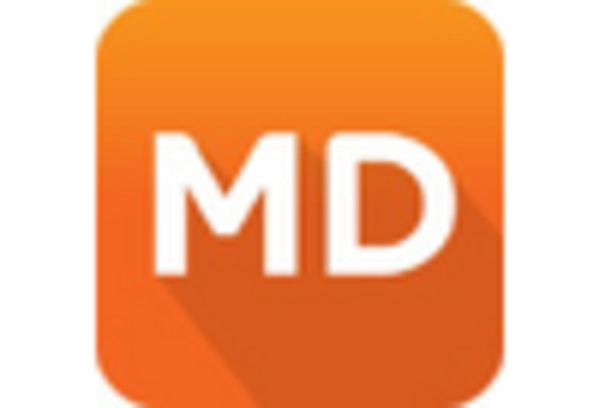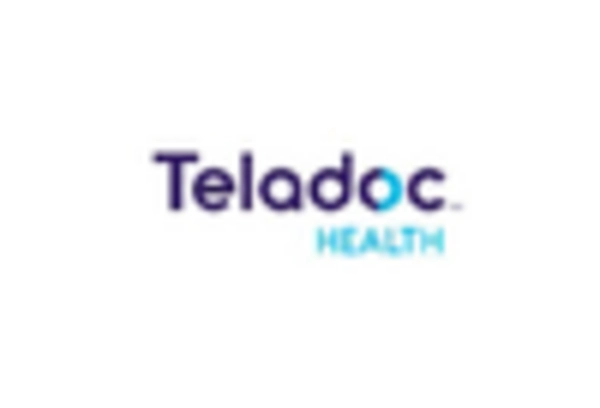The Telemedicine Market is characterized by rapid growth and constant innovation, driven by technological advancements and increased demand for remote healthcare services. This market comprises a diverse range of players, including established healthcare providers, technology solutions companies, and startups, all vying for market share.
Competitive insights reveal that companies are focusing on enhancing user experience, expanding their service offerings, and improving collaboration with healthcare professionals. The rising prevalence of chronic diseases and the need for accessible healthcare solutions are further fueling the competition.
As telemedicine continues to evolve, players are also prioritizing regulatory compliance and ensuring adherence to data privacy standards while exploring partnerships and collaborations to enhance service delivery across various regions.
eClinicalWorks has established itself as a notable player in the Telemedicine Market, leveraging its strengths in electronic health records (EHR) and comprehensive telehealth solutions. The company provides an array of telemedicine services that enable healthcare organizations to deliver virtual consultations efficiently.
Its market presence is bolstered by a robust customer base, reflecting a deep understanding of user needs and preferences. eClinicalWorks stands out with its commitment to innovation, continuously rolling out features that simplify the telemedicine experience for both patients and providers.
A focus on interoperability enhances its offerings, allowing seamless data exchange between healthcare systems. Moreover, eClinicalWorks emphasizes strong customer support and training services, which contribute to a high level of user satisfaction and loyalty.
Doctor on Demand has carved out a significant niche in the Telemedicine Market, providing a wide range of virtual healthcare services that include urgent care, behavioral health, and preventive health consultations.
The company has developed a user-friendly platform that allows patients to connect with healthcare professionals easily and quickly, reinforcing its position as a leading telemedicine provider. Doctor on Demand's strengths lie in its extensive network of licensed physicians and mental health professionals, which allows for a broad spectrum of services.
The company has actively pursued strategic partnerships and collaborations to elevate its service offerings, and its recent mergers and acquisitions have further expanded its reach and capabilities, enhancing its presence in the global arena.
With a commitment to addressing the needs of diverse populations, Doctor on Demand continues to innovate and adapt, ensuring it remains competitive in the rapidly evolving healthcare landscape.


















Leave a Comment